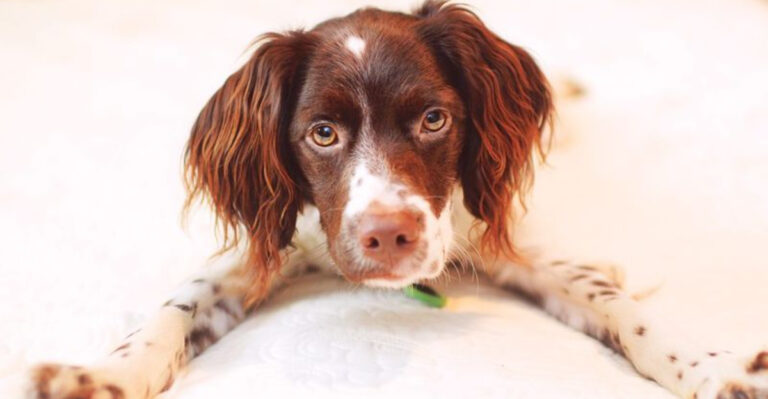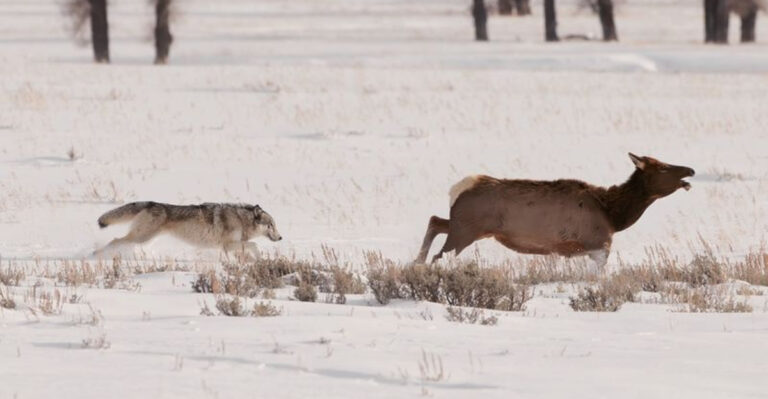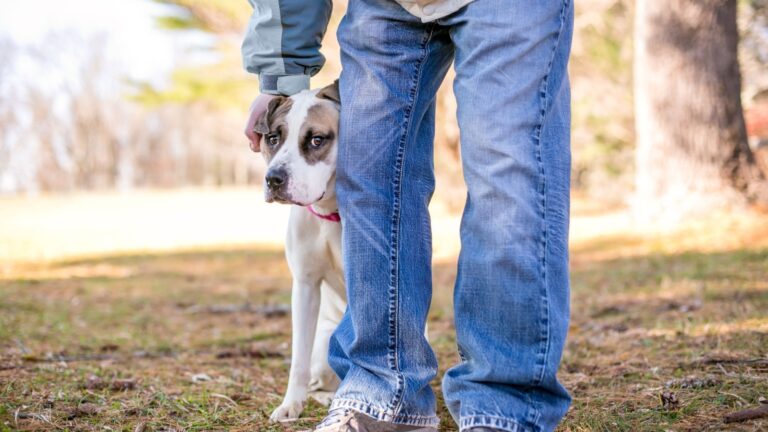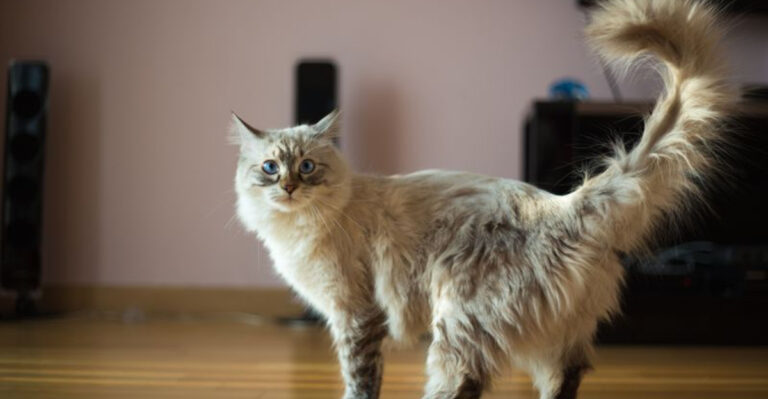9 Myths About Horses You Probably Believe (And 5 True Facts)
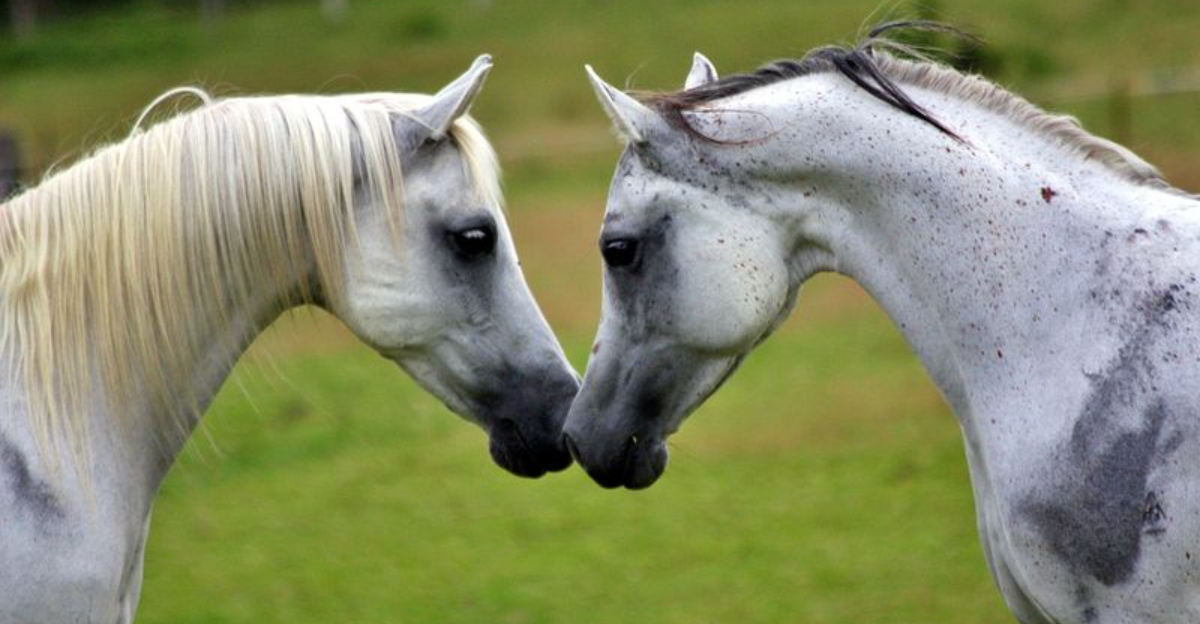
Horses have been companions to humans for centuries, yet numerous misconceptions about these majestic creatures persist.
In this article, we’ll unravel the truth behind common myths about horses, providing you with a clearer understanding of what makes them truly special.
1. Horses Only Sleep Standing Up
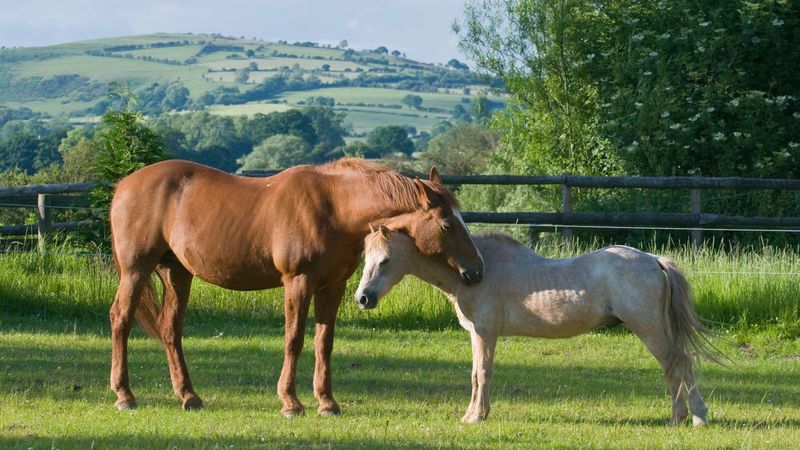
It’s a common belief that horses exclusively sleep standing up, but this is not entirely true. Horses have a unique locking mechanism in their legs that allows them to doze while standing, which helps them stay alert to potential threats. However, for deep REM sleep, they need to lie down.
In a safe and comfortable environment, horses will lie down for short periods, often surrounded by their herd for protection. This behavior can be observed in both wild and domesticated horses.
Understanding this sleeping pattern is crucial for horse owners to ensure their animals have a secure space to rest. So, if you see a horse lying down, don’t worry; it’s just catching up on essential sleep.
2. Horses Are Colorblind
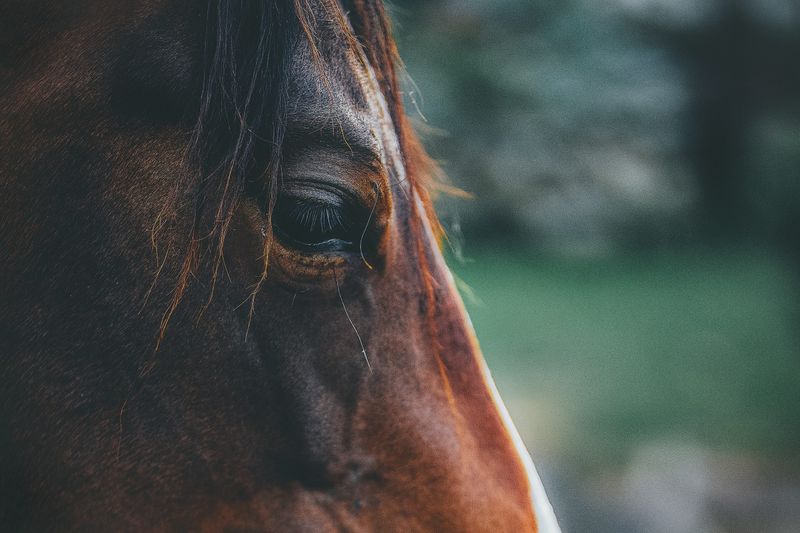
Contrary to popular belief, horses are not colorblind. While humans see a spectrum of colors, horses perceive the world differently, primarily in shades of blue and green. This means that while they don’t see colors as vividly as we do, they can distinguish between different hues.
Observations have shown that horses react differently to various colored obstacles or objects, indicating their ability to see and differentiate colors. This capability is crucial in training and competing, where color cues can be used effectively.
So, while horses may not appreciate a rainbow’s full palette, they are far from seeing the world in black and white. This understanding helps in creating environments that are visually engaging and suitable for their perception.
3. Horses Communicate Only Through Vocalization
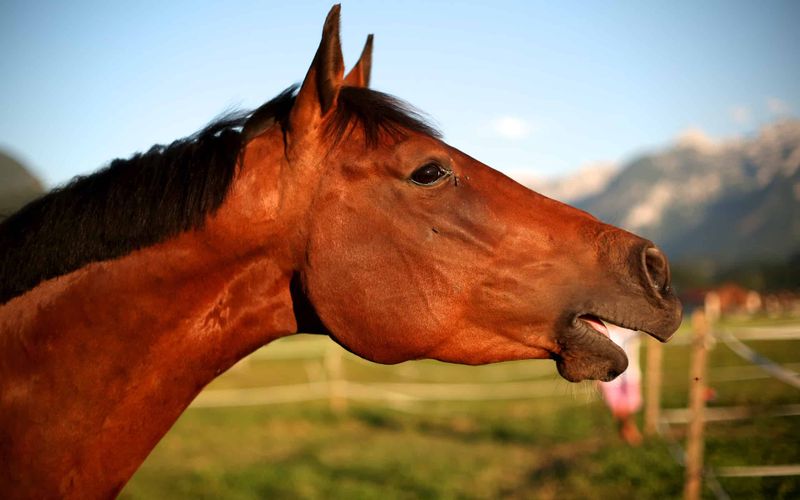
While horses do neigh, whinny, and snort, these vocalizations are just a fraction of their communication repertoire. Horses are incredibly expressive creatures, using body language as their primary form of interaction.
Ears, eyes, and tails are key communicators, revealing a horse’s mood and intentions. For instance, a horse with pinned-back ears may be angry or fearful, while soft eyes and a relaxed tail indicate contentment.
Observing these subtle cues can enhance the bond between horse and human, allowing for a deeper understanding and more effective training. Recognizing that horses “speak” through body language opens up a world of communication often overlooked by those unfamiliar with these animals.
4. Horses Are Like Big Dogs
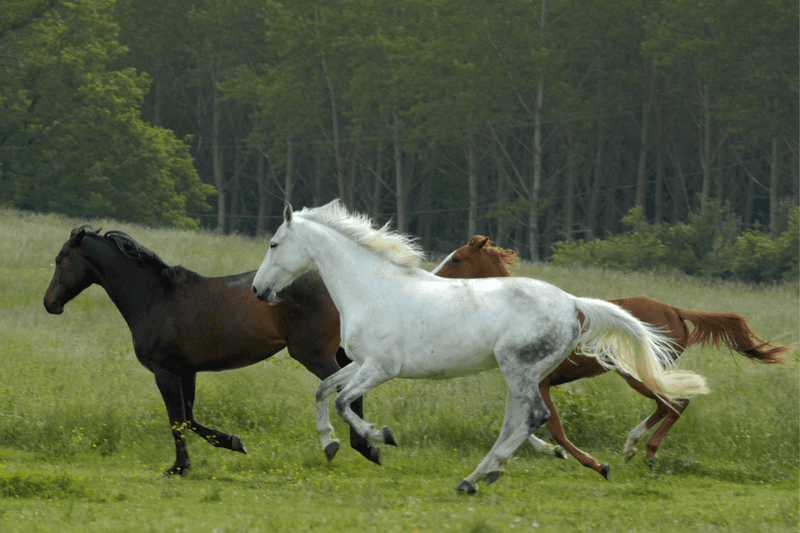
It’s tempting to compare horses to big dogs, but this analogy doesn’t quite hold up. Horses have distinct instincts and behaviors shaped by their evolution as prey animals, unlike dogs, which are predators.
While dogs may thrive on companionship and play, horses are more attuned to herd dynamics and environmental changes. Their reactions to stimuli are often based on survival instincts, such as flight responses to perceived threats.
Appreciating these differences is essential for proper horse handling and training. Understanding a horse’s unique nature fosters better interactions and ensures their well-being, as they require a different approach compared to our canine friends.
5. Hot And Cold-Blooded Horses Differ In Temperature
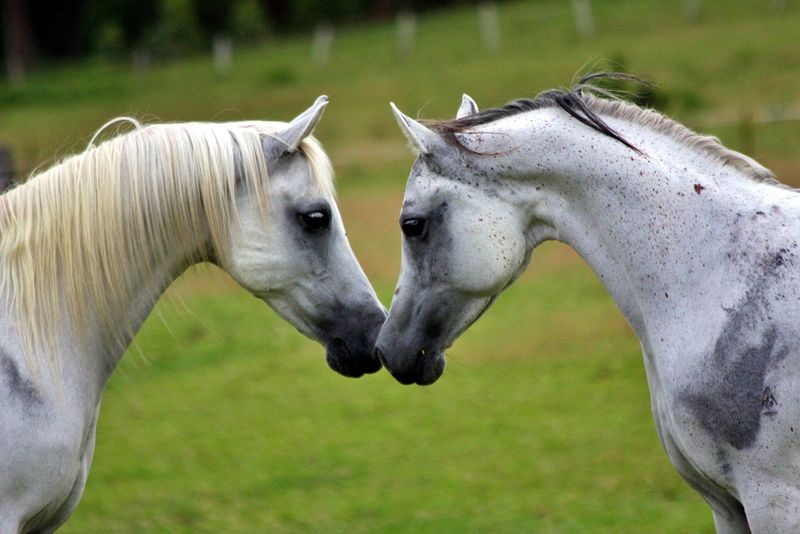
The terms “hot-blooded” and “cold-blooded” horses don’t refer to actual body temperature differences. Instead, they describe temperament and build. Hot-blooded breeds, like Arabians, are known for their spirited nature and agility, while cold-blooded types, such as Clydesdales, are more docile and sturdy.
These categories stem from historical breeding purposes: hot-blooded horses for speed and endurance, cold-blooded for strength and labor. Each type has distinct physiological traits suited to its roles.
Understanding these classifications helps in selecting the right horse for specific tasks or riding preferences. It’s about recognizing their inherent characteristics rather than expecting a literal interpretation of “blood temperature.”
6. Horse Does All The Work
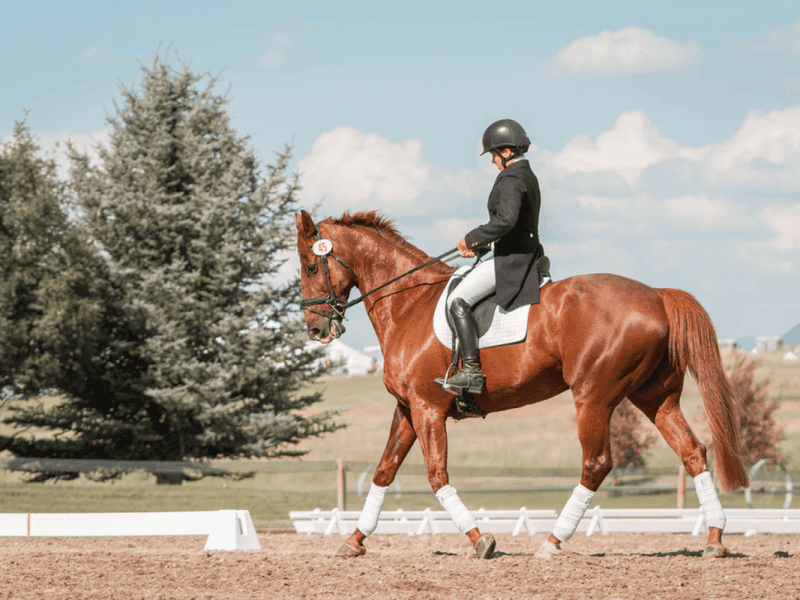
One might think that horses do all the work when being ridden, but this is far from the truth. Riding is a collaborative effort between horse and rider, requiring communication, balance, and trust.
A skilled rider guides the horse with subtle cues, while the horse responds with precision. This interplay is especially evident in disciplines like dressage, where the duo must move in perfect harmony.
Acknowledging the rider’s role in steering and supporting the horse is essential. This shared responsibility highlights the partnership that defines equestrian activities, showcasing the art and discipline involved in mastering this unique connection.
7. Horse Hooves Are Completely Solid
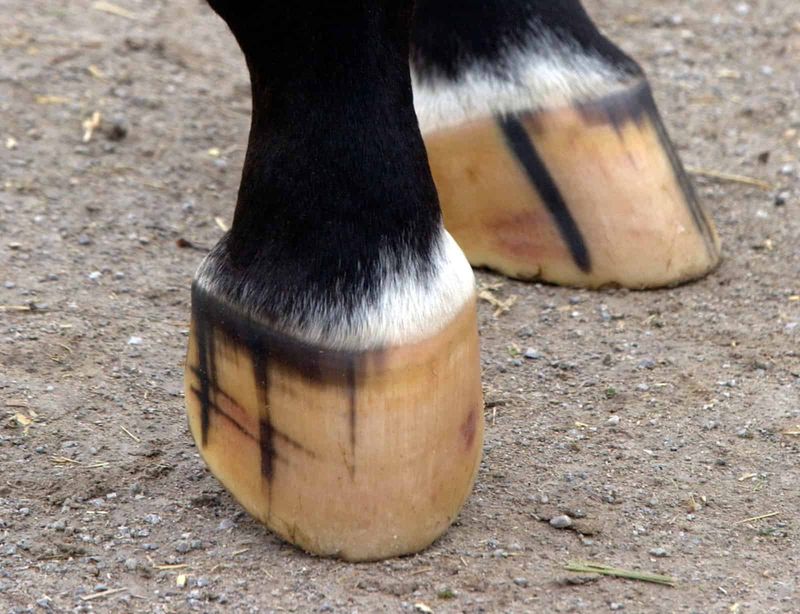
It’s a common misconception that horse hooves are entirely solid, akin to a block of wood. In reality, they are complex structures with multiple components, each serving a critical function.
The hoof wall provides protection, while the inner structures, like the frog and digital cushion, absorb shock and aid in circulation. This intricate design allows horses to traverse various terrains efficiently.
Understanding hoof anatomy is crucial for proper care and maintenance, ensuring the horse’s overall health and mobility. Regular hoof inspections and care by a qualified farrier can prevent issues and keep the horse comfortable and sound.
8. Horses Are Dumb
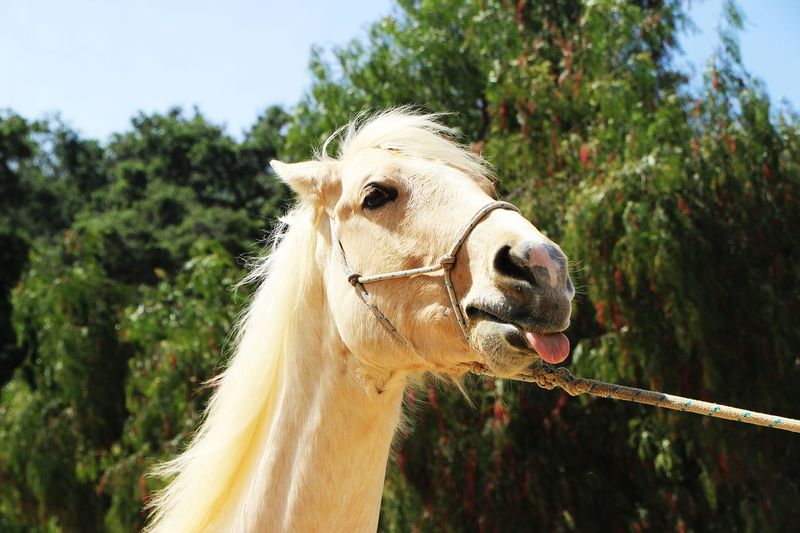
Labeling horses as dumb creatures couldn’t be further from the truth. Horses possess remarkable intelligence, capable of learning complex tasks and understanding human cues and commands.
In training scenarios, horses demonstrate problem-solving abilities and can adapt to new challenges, reflecting their mental acuity. Their intelligence is also evident in social interactions within the herd.
Acknowledging a horse’s cognitive capabilities fosters more respectful and effective training techniques. It encourages horse owners and riders to approach their animals with patience and an appreciation for their mental faculties, leading to more rewarding relationships.
9. Horses Laugh And Smile
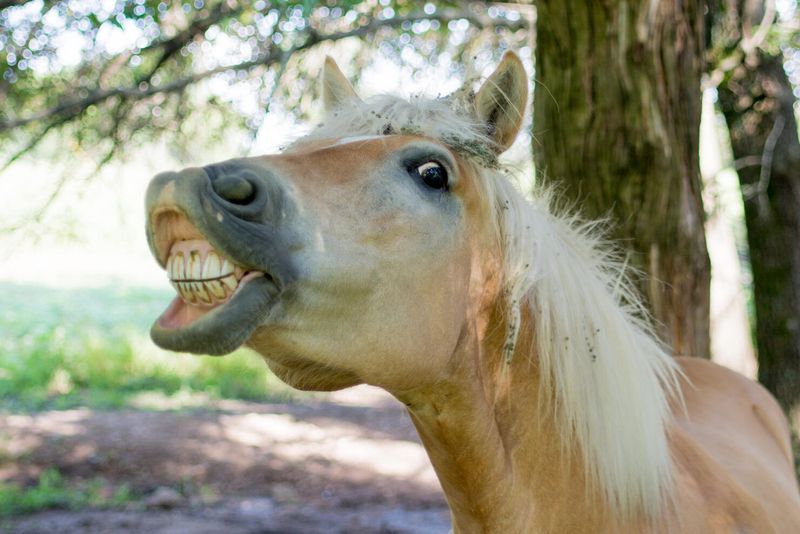
The idea that horses can laugh or smile is more anthropomorphic than factual. When a horse curls its lips back, it might appear as if it’s grinning, but this behavior, known as the Flehmen response, is actually a way for horses to analyze scents.
This action helps them detect pheromones or other chemical cues in their environment. While it looks amusing to human observers, it’s a serious behavior linked to their sensory processing.
Understanding these expressions can prevent misinterpretations and highlight the importance of observing horses within the context of their natural behaviors. Appreciating the true meaning behind these actions enriches the human-animal relationship.
10. Horses Have Nearly 360-Degree Vision
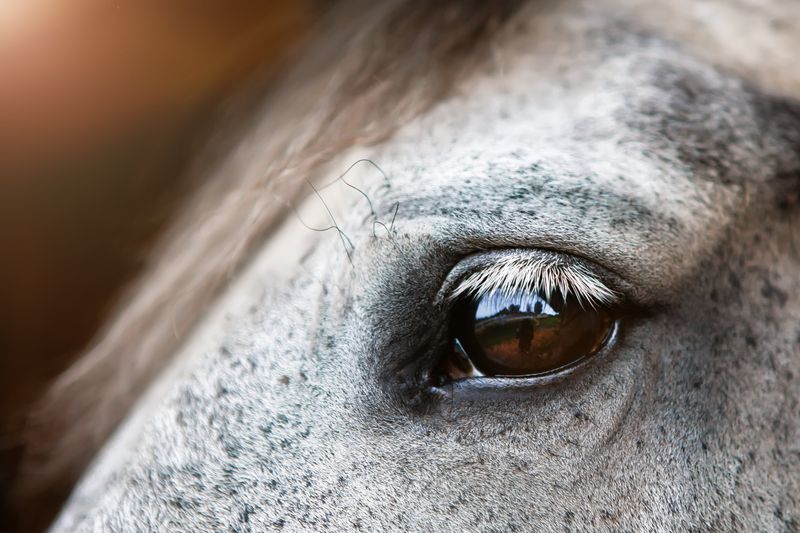
One fascinating fact about horses is their nearly 360-degree vision. Thanks to the positioning of their eyes on the sides of their heads, horses have a panoramic view. This adaptation helps them spot predators from various angles, ensuring their survival in the wild.
However, horses have two blind spots: directly in front and directly behind them. This unique vision allows horses to be highly aware of their surroundings. While they can see a wide range, they rely on their hearing and sense of smell to fully understand their environment.
This comprehensive awareness is crucial for their safety. When riding or working with horses, it’s essential to remember their blind spots. Approaching them from these angles can startle them, leading to unpredictable reactions. Understanding and respecting their vision can foster better communication and a safer interaction between horses and humans.
11. Horses Communicate Through Body Language
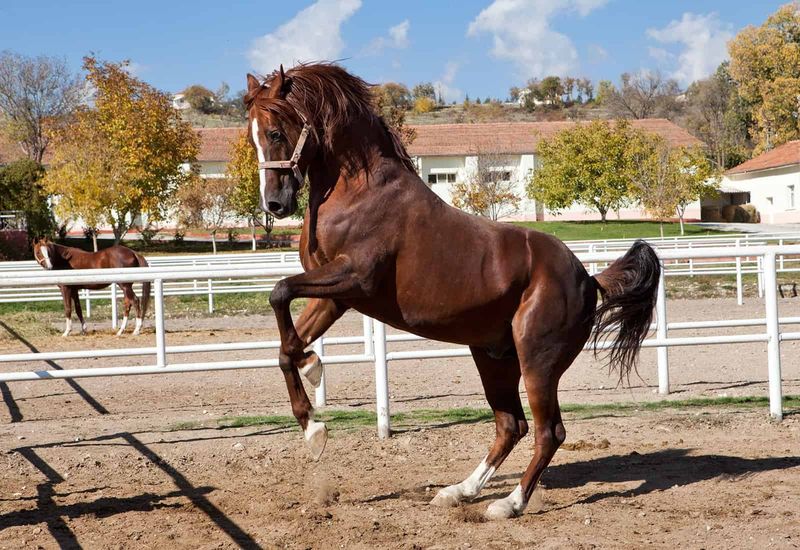
Horses are masters of non-verbal communication, using body language to express a wide range of emotions. Ears pinned back can indicate anger or discomfort, while a relaxed posture shows contentment. Observing these subtle cues can reveal much about a horse’s current state of mind and intentions.
Their tails, too, are expressive; a swishing tail might suggest irritation or attempts to ward off insects. Horses also use facial expressions, with a tense mouth or flared nostrils signaling anxiety or alertness. By watching these signals, one can gain insight into a horse’s emotional world.
For horse handlers and riders, understanding equine body language is vital. It enhances communication and builds trust between human and horse. Recognizing these signs not only deepens the bond but also ensures safety and cooperation in various equestrian activities.
12. Horses Have A Highly Developed Sense Of Smell
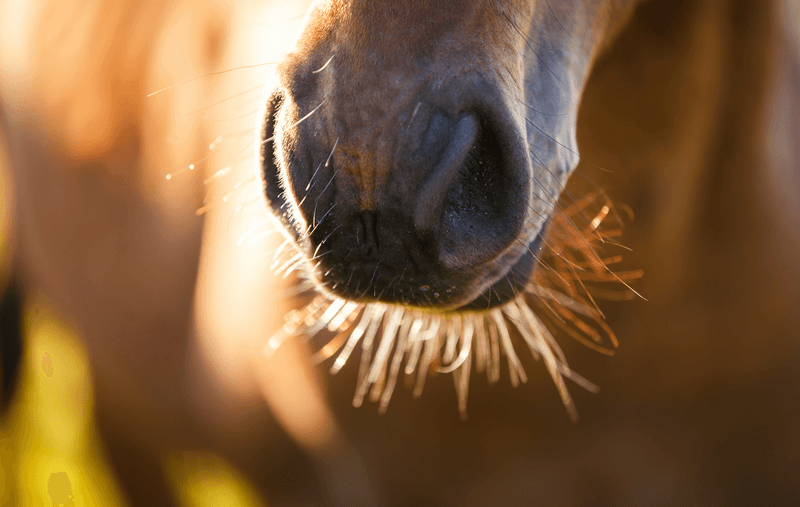
A horse’s sense of smell is incredibly refined, rivaling that of dogs. This acute sense helps them detect potential dangers, recognize other animals, and bond with humans. Their olfactory ability plays a key role in social interactions and survival strategies.
In the wild, horses use their sense of smell to identify edible plants and water sources. They can also detect the scent of predators long before they become visible. This preemptive detection aids in their ability to evade danger. For domesticated horses, scent recognition is part of bonding with their human companions.
When a horse sniffs a person, it’s gathering information about feelings and health. Encouraging this behavior can strengthen the horse-human connection, making it a valuable aspect of equine training and care.
13. Horses Can Sleep Both Standing And Lying Down
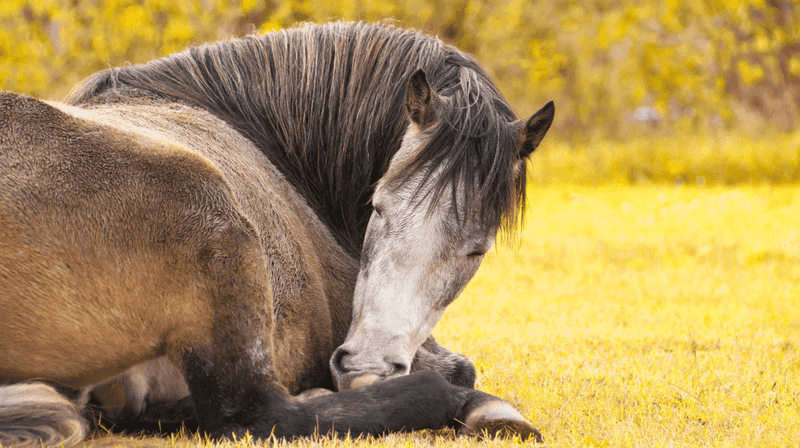
Horses have the unique ability to sleep both standing and lying down, a fact that often surprises people. This capability is due to the stay apparatus in their legs, allowing them to lock their joints and relax without falling over. This adaptation helps them quickly flee from threats if necessary.
While horses can doze while standing, they require lying down for deep sleep. Without this deeper rest, they may suffer from sleep deprivation. Most horses lie down only for short periods, as their instinctive need to remain alert makes prolonged lying dangerous.
Understanding equine sleep patterns is crucial for owners and caretakers. Providing a safe, comfortable environment encourages horses to lie down and achieve the deep sleep they need. Recognizing the balance between standing naps and lying down ensures they remain healthy and well-rested.
14. Horses Are Highly Social Animals
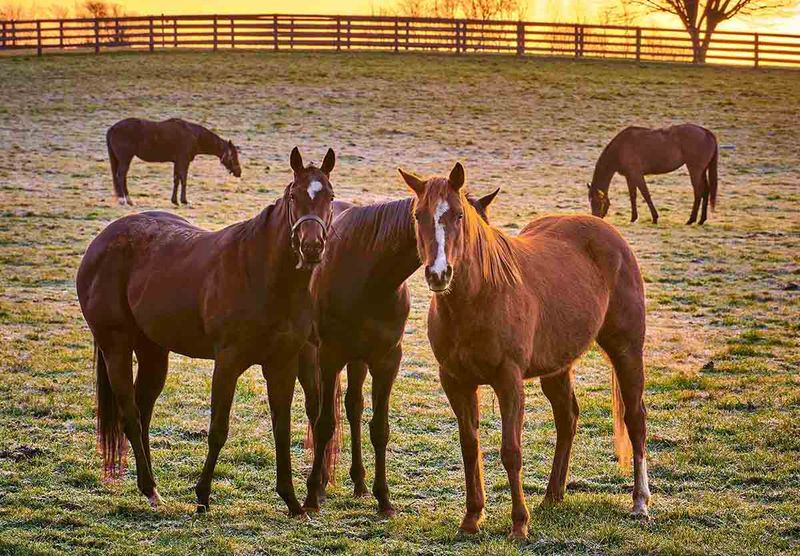
Horses are inherently social creatures, thriving in herds where they establish complex social structures. This herd mentality is vital for their mental and emotional well-being. In the wild, living in groups provides protection, companionship, and a hierarchy that maintains order.
Each herd has a leader, usually an experienced mare, who guides the group in decision-making. Horses rely on each other for grooming, play, and mutual protection. This social interaction is an essential part of their lives, influencing their behavior and health.
For domesticated horses, companionship remains crucial. Isolation can lead to stress and behavioral problems. Whenever possible, providing opportunities for social interaction with other horses or animals enriches their lives. Understanding their need for social bonds helps ensure a happier, healthier horse, making it an important aspect of equine care.

